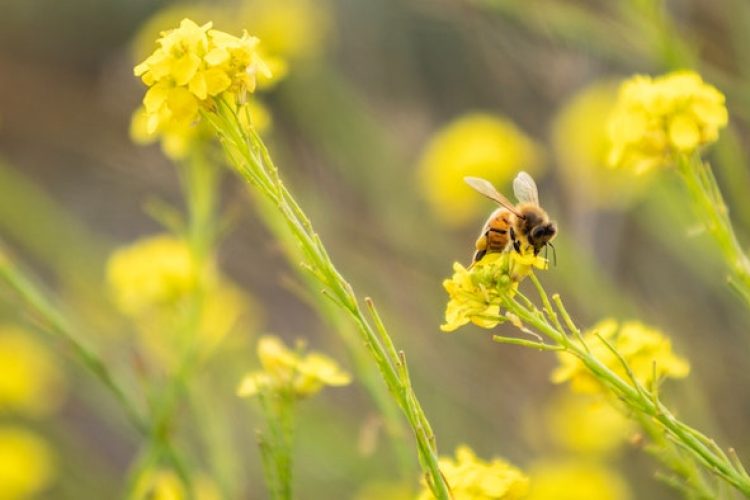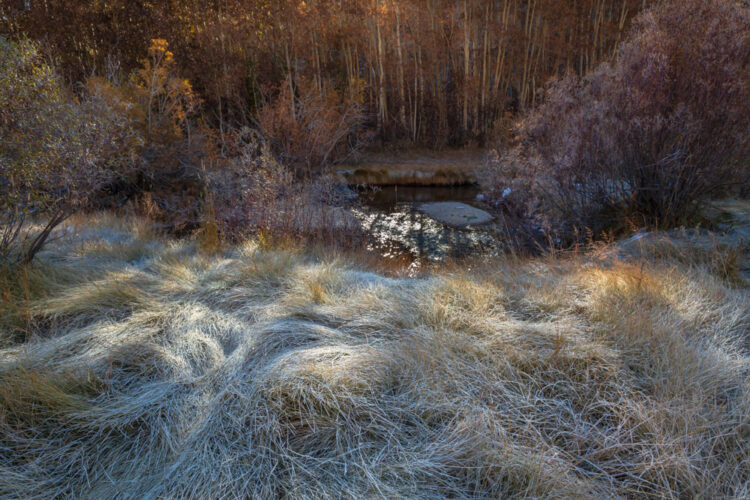Planning a Permaculture Garden
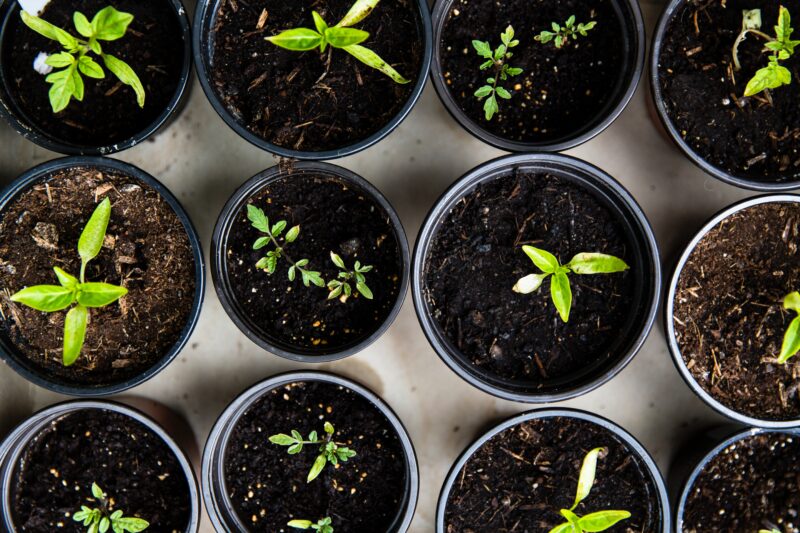
Planning a permaculture garden is important; although much learning comes from experimenting with ideas. For instance, I tried planting potatoes in a “hugelkultur,” a pile of small sticks with a lot of compost over them (probably not enough in my case), and the yields were definitely smaller than planting them in the ground. On the other hand, a “lasagna” pile of roots, vegetation, minerals, manure, newspaper, compost, straw, compost, straw, and compost straw is my preferred way of making new garden beds. Even though the beds are supposed to be put in in the fall, I always end up putting them in in the spring and they still do fine growing vegetables. You can probably find good plans for bed-building in most of the books recommended below.)
Here is a selection of four outstanding books I’ve found in this rapidly growing field:
- Hemenway, Toby, Gaia’s Garden: A Guide to Home-Scale Permaculture, Chelsea Green, 2000. Probably the best introduction you could imagine by a very fine teacher. Read “The Many Roles of a Tree” (p.99), just to marvel at his comfortable writing.
- Shein, Christopher with Julie Thompson, The Vegetable Gardener’s Guide to Permaculture; Creating an Edible Ecosystem, Timber Press, 2013. Another all-encompassing introduction to permaculture, with great pictures and a good, personal story.
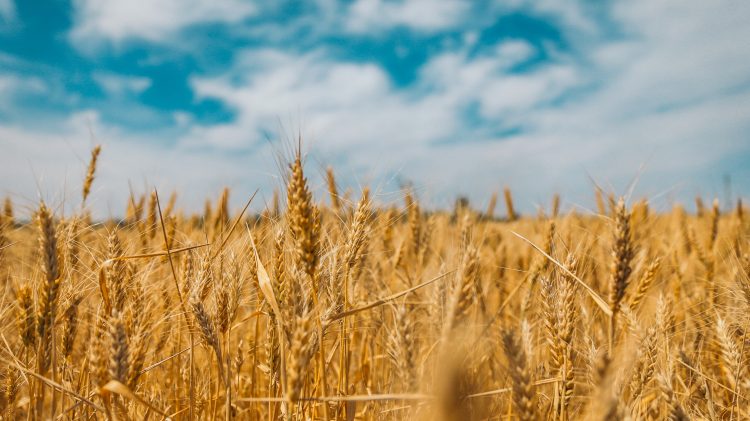
- Bane, Peter, The Permaculture Handbook: Garden Farming for Town and Country, New Society, 2012. A giant book, going into many more aspects of permaculture than just your garden, such as: building a community; using human wastes; marketing; making changes in your life. This book includes, with pictures, four case studies of the creation of permaculture systems. Excellent and worth the money.
- Mollison, Bill, Permaculture: A Designer’s Manual, Tagari, 1988. More or less a bible, by a permaculture founder, this is not the book for designing a garden. It’s about grasping the entire concept of a possible new world. “What we have done, we can undo” (p. 1). This is a new world where the earth and all of its species and natural forces are cared for and worked with. Many libraries have it and it’s a great book to read to understand all of the underlying forces in the lives of humans, other species, and the earth.
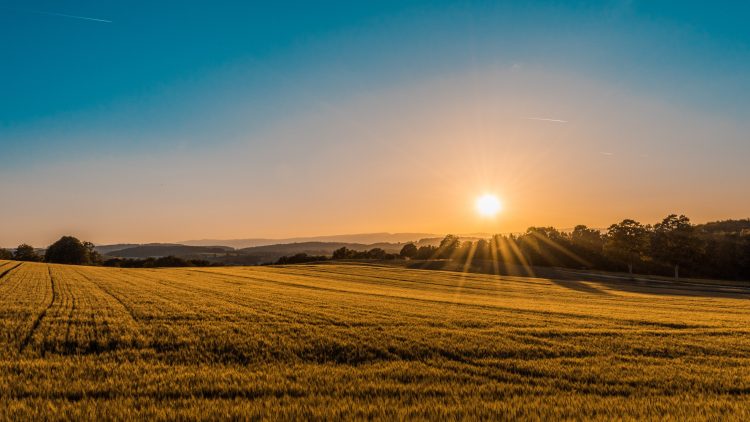
![Photo by Kathy Barnhart. She writes, “Chinese Houses, California Poppies, Lupines, Tidy Tips amidst the oak trees make such a wonderful palette. This area in Shell Ridge Open Space Preserve [CA] is tended by a large group of volunteers, encouraging native flowers and plants and weeding out invasives. What a gift they have given to all!”](https://quakerearthcare.org/wp-content/uploads/dynamic/2022/05/Native-California-Flowers-by-Kathy-Barnhart-750x500-c-default.jpg)
